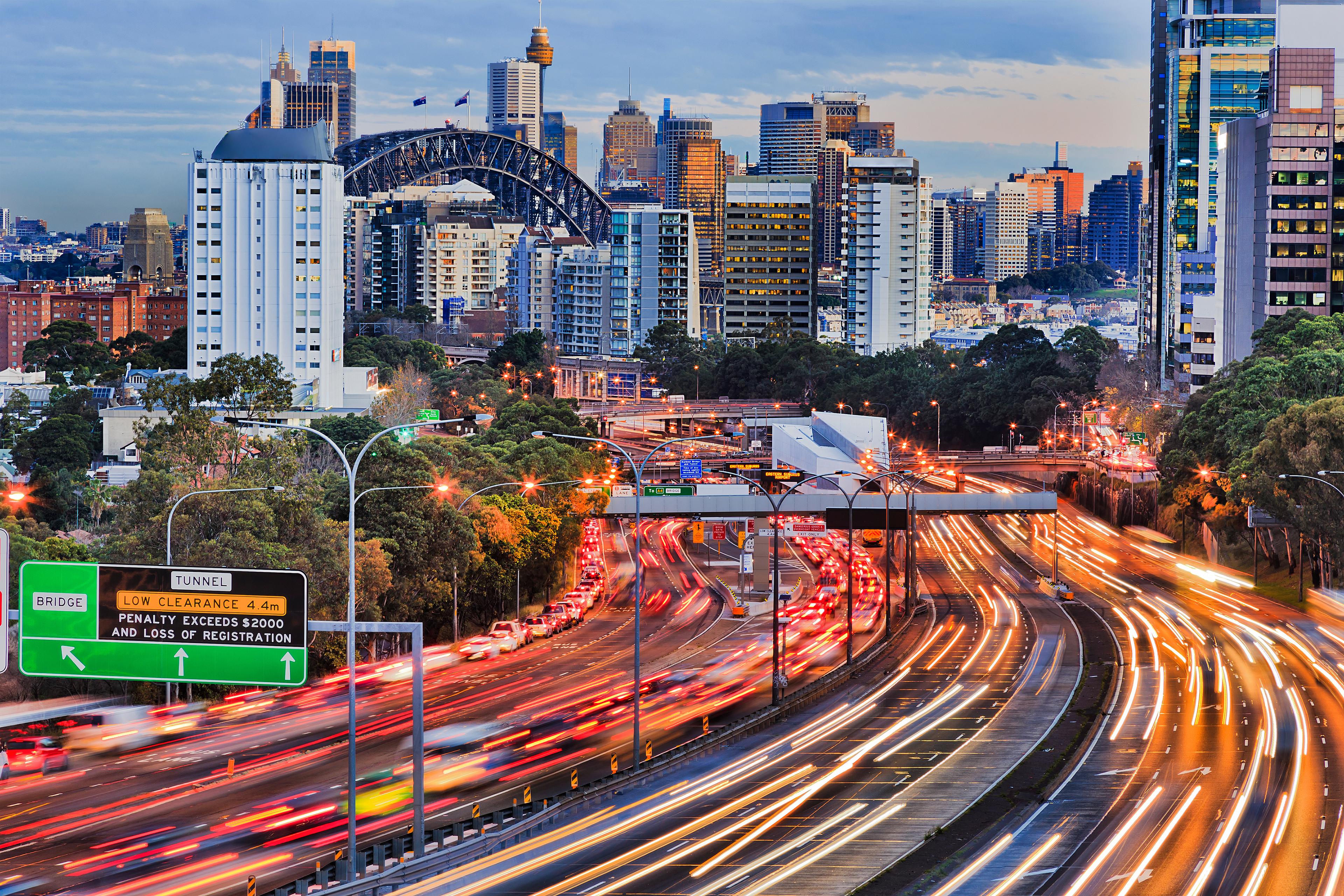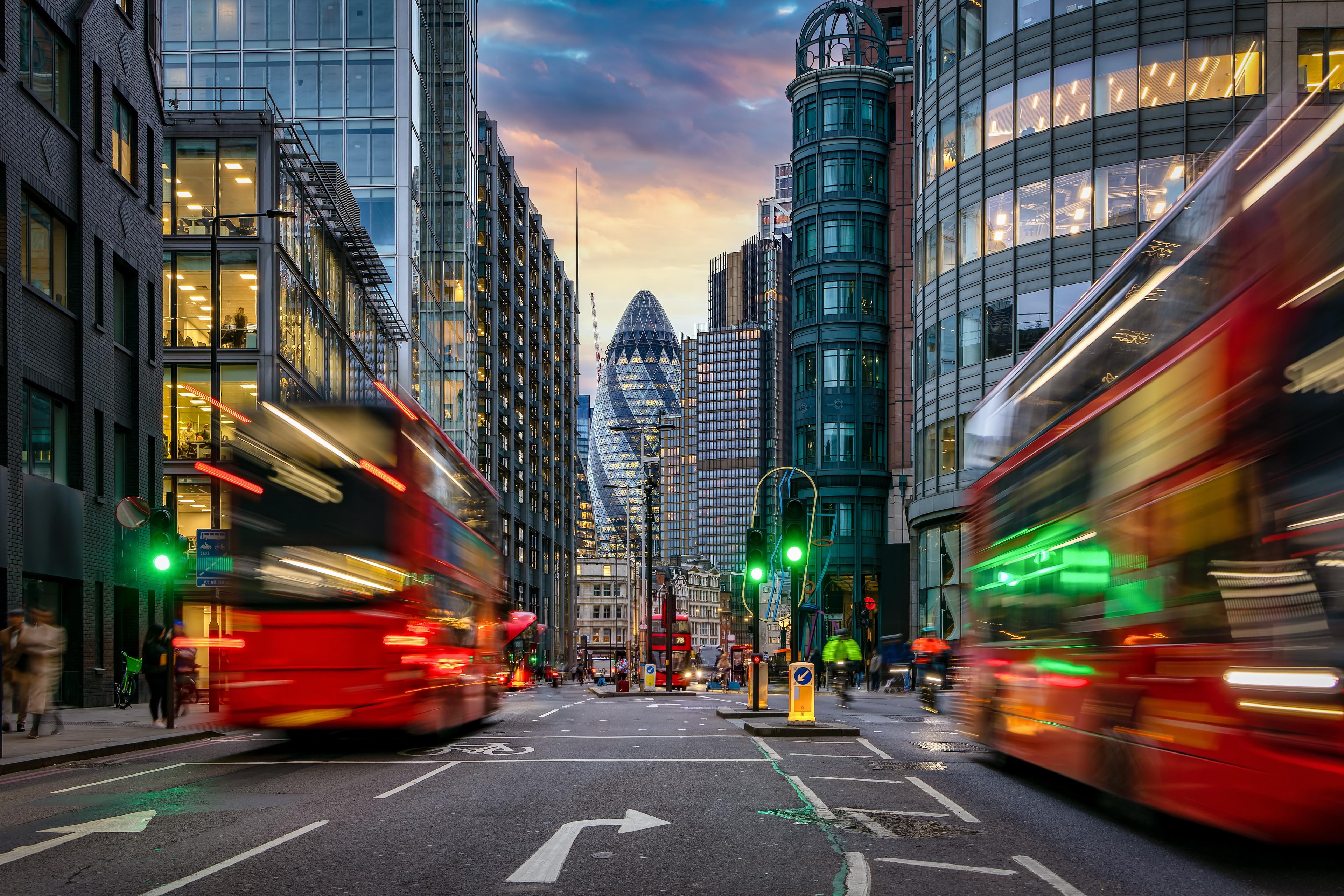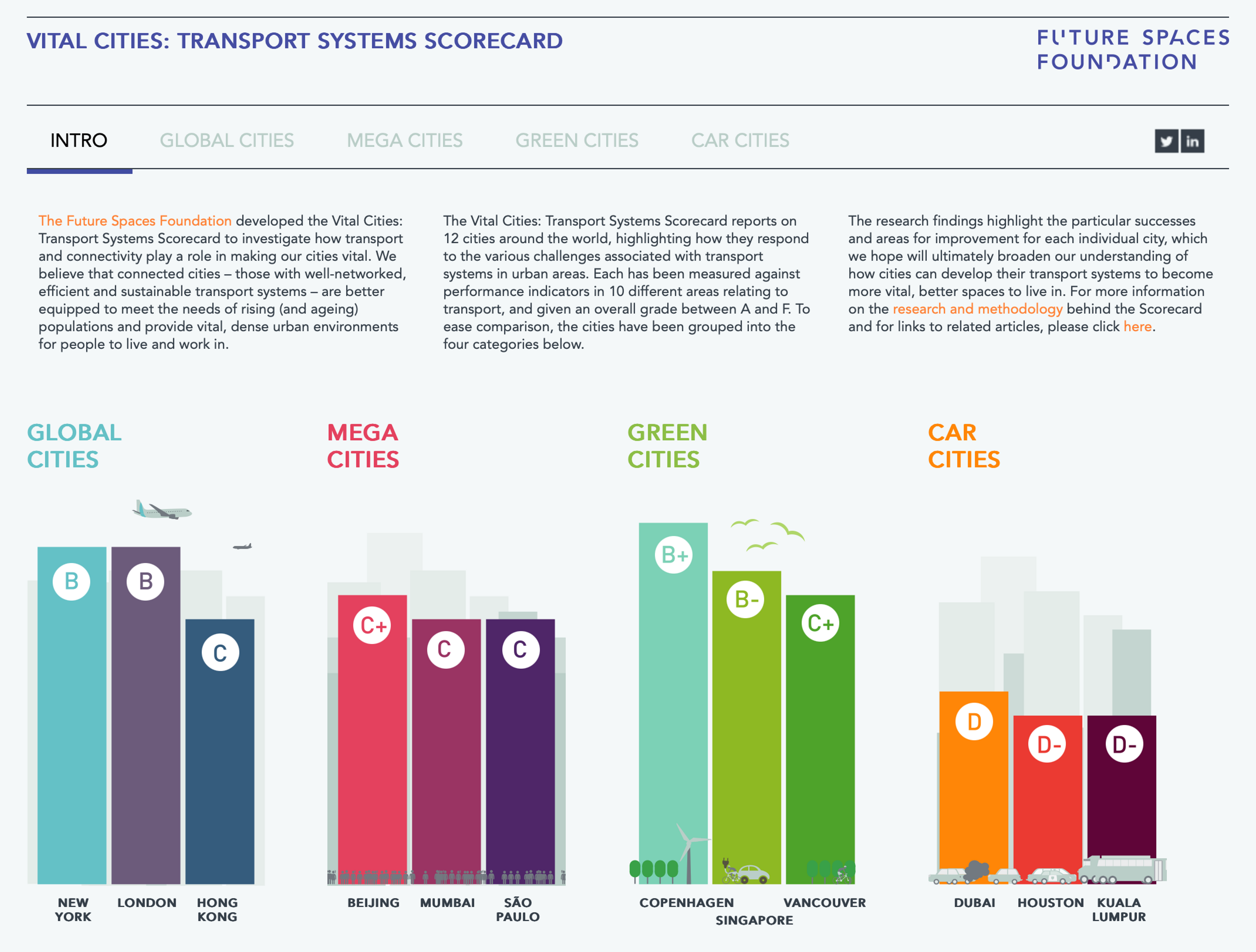VitalCities,VitalConnections
Efficient transport systems for urban vitality
Overview
We launched our Vital Cities, Vital Connections campaign to examine an integral ingredient for urban vitality: efficient and sustainable transport systems. Our research centred on the idea that connectivity is key to meeting the needs of rising and ageing populations and providing vibrant, dense environments for people to live and work in.
We worked with on-the-ground researchers in Asia, the Middle East, Europe and the Americas to measure the connectivity of urban transport systems in 12 cities around the world. The result is a scorecard that assesses how well each city’s transport system allows its citizens to move around, with an emphasis on healthy, stress-free travel. We presented our research around three of these cities – Beijing, Sao Paulo and Mumbai – at the 2017 CTBUH International Conference and developed it into a paper published in the International Journal of High-Rise Buildings.
The scorecard explained
The Vital Cities: Transport Systems Scorecard reports on 12 cities around the world, highlighting how they respond to the various challenges associated with transport systems in urban areas. Each has been measured against performance indicators in 10 different areas relating to transport, and given an overall grade between A and F. To ease comparison, the cities have been grouped into the four categories:
Global Cities
Large, well-established and densely-packed metropolises (London, New York, Hong Kong)
Mega Cities
Massive cities in rapidly urbanising emerging markets (Beijing, Sao Paulo, Mumbai)
Car Cities
Sprawling cities that have evolved around vehicles (Houston, Dubai, Kuala Lumpur)
Green Cities
Smaller, denser cities focused on becoming environmentally sustainable (Copenhagen, Singapore, Vancouver)
Articles
Overall breakdown








